FLAT WHITE vs CAPPUCCINO: THE DEFINITION
“Traditionally, a cappuccino is made with a third espresso, a third steamed milk and a third froth, but nothing is strictly a cappuccino or flat white anymore,”says Seb Schneider from Motherland Coffee in Joburg. Lee Venter, barista trainer at Truth Barista Academy, adds, “In terms of espresso to milk, the ratio is the same. It’s the temperature of the milk and the way it’s textured that determines whether it’s a cap or a flat white.”
THE ESPRESSO
“A flat white is made with a double ristretto, a more concentrated type of shot than a regular espresso,”says Matt Carter from Tribeca Coffee Company, exclusive coffee supplier to Woolworths. “A cappuccino is made with only one shot of espresso.”
THE MILK
“The milk in a cappuccino has more texture because more air is incorporated during the frothing process,” says Seb.“In a flat white, the milk has a finer, silkier texture.” Rosetta Roastery barista Ollie Teddy weighs in, “To create microtextured foam (with very fine bubbles) in a flat white, you steam the milk less than you do for a cappuccino.”
THE FOAM
“A cappuccino will generally have about a centimetre of foam, as opposed to a flat white, which has about half a centimetre,” says Matt. “With cappuccinos, the milk tends to separate, making a thick bubbly foam on top and hot, slightly flat milk below, resulting in two different textures,” says Mike McDonald, head roaster at Origin in Cape Town.
THE TEMPERATURE
According to Winston Thomas, head barista and trainer at Origin, the milk of a traditional cappuccino is steamed to around 75°C, while a flat white’s milk is steamed at 65°C. “By texturing the milk less, it also preserves its natural sweetness, which complements the flavour of the coffee better,” says Mike.
THE CUP SIZE
The jury’s still out on the flat white vs cappuccino cup size debate. According to Matt, a flat white always has to be in a small cup, about 180 ml. “As soon as you get a big cup, it’s no longer a flat white. It’s a large cappuccino.” Mike, again, says, “Cup size is a bit of grey area, it differs between countries.”
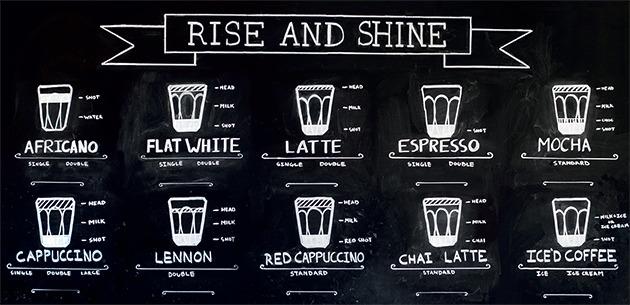
COOL BEANS
Tribeca Coffee Company’s Matt Carter says sourcing the best beans for the coffee you buy at Woolies stores and enjoy at W Cafés involves so much more than just great taste…
“Socially responsibly sourced coffee not only ensures a better deal for the farmer, but also the environment and customer,” explains Matt, Tribeca’s sustainability manager, who helps to train and develop coffee farmers in Tanzania and Ethiopia by partnering with local trade organisations. And he’s not afraid to go the extra mile. “Recently, we funded and helped build a dairy for a female farmer in Ethiopia so that she could be organically certified,” he says. “We carried logs and rocks up a mountain and built it by hand with the community. We’re business partners. If we can help farmers produce a higher quality coffee, our business thrives, their business thrives, and everyone wins.”
Learn more tribeca.co.za

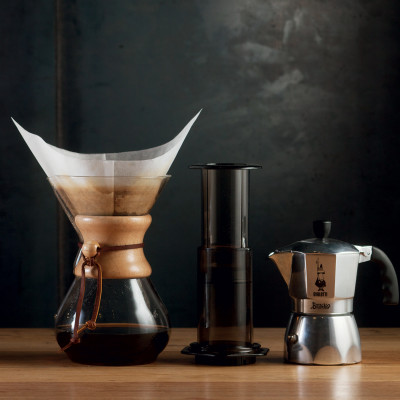
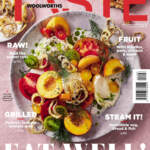
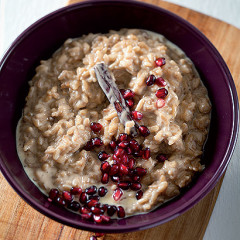
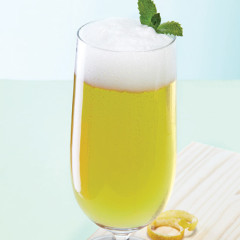
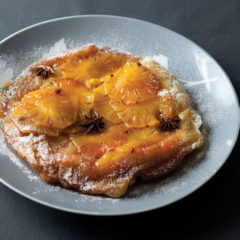
Comments